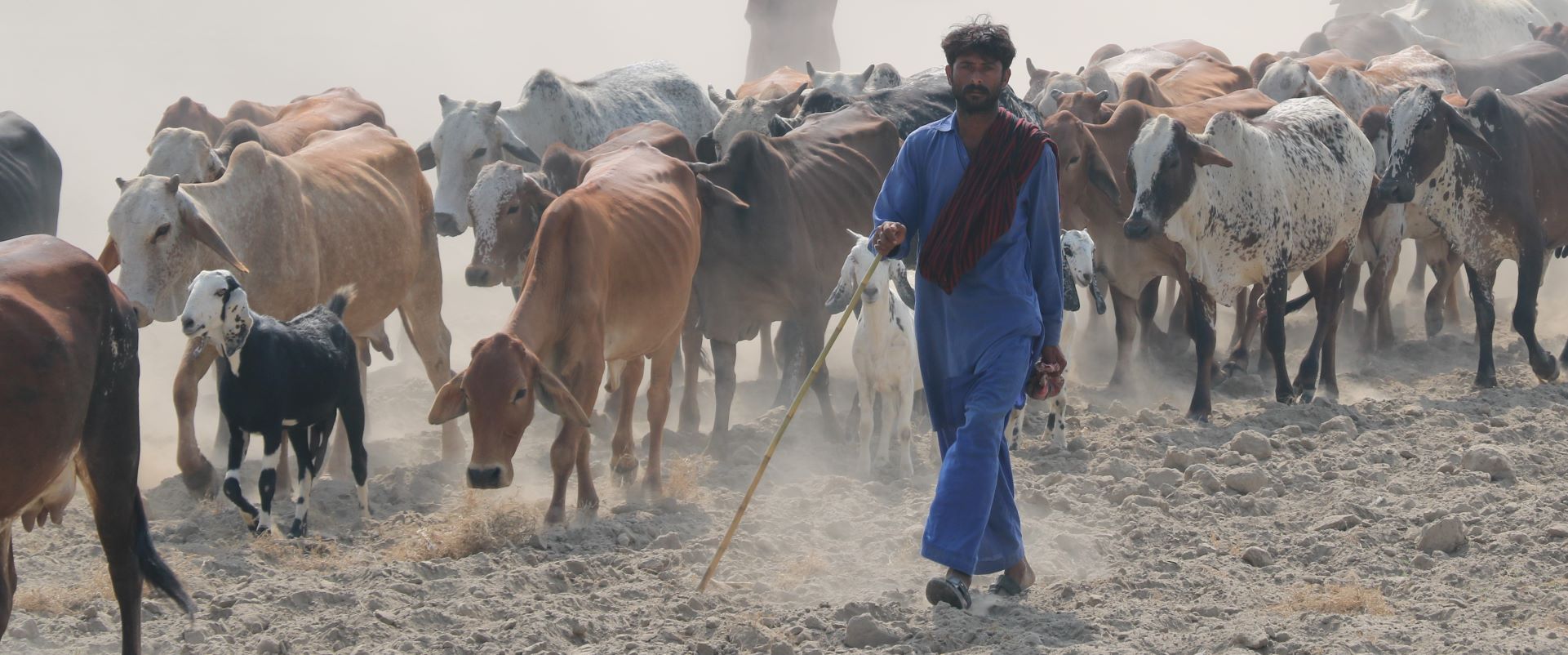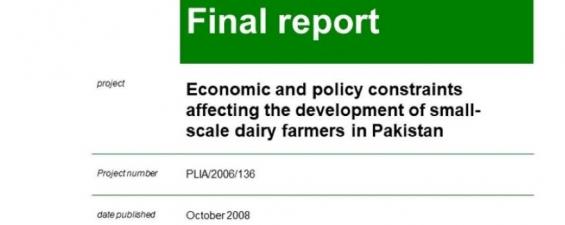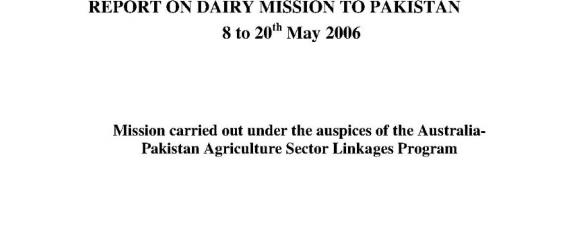This short study summarised the economic and policy constraints on the dairy sector in Pakistan in 2008. This provided important context for the ASLP Dairy project. The parallels drawn with the Australian dairy sector pathway through regulation and deregulation (and how this affected milk quality and price, returns to growers, adoption of technology and industry structure) remain highly relevant.
Legacy research
- PLIA/2006/136 Economic and policy constraints affecting the development of small-scale dairy farmers in Pakistan
This preliminary project reviewed the economic and policy constraints to dairy industry development in Pakistan. It concludes that improvements in food safety and milk handling procedures will be a key factor in the future development of the small holder sector. Adoption of the processes of pasteurisation and homogenization were key factors in the growth and development of dairy industries in the major developed economies. There were human health benefits from reduced food safety risks that strengthened the demand for fresh milk. But they also increased the economic value of milk by extending the shelf life of dairy products.
The project team interacted with senior policymakers in Pakistan and shared the history of dairy industry regulation and deregulation in Australia. This Australian case study has great potential to guide the development of dairy industry policy in Pakistan.
In Australia, decades of traditional extension practices failed to encourage widespread adoption of improved practices. Instead, it was food safety regulations that brought about the required change in attitudes and investment in farm plant and equipment after WW2.
To ensure safety and extend the shelf life:
- milking needs to occur under hygienic conditions
- the milk needs to be chilled as soon as possible after milking
- milk transport to the final point of sale needs to occur under chilled conditions
This results in a higher quality product with a higher value in comparison to situations where
there are doubts about the safety and quality of the product:
- changes in livestock management practises and yield gains are more likely to be achieved among small scale producers if returns are higher
- farmers are more likely to make the transition from a mixed farming operation to a specialised commercially focused dairy enterprise
However, effective price signalling has been hampered by retail price controls. These effectively set the maximum price received by farmers for raw milk and act as a disincentive for industry development. This was also the case in Australia under the regulated system and the report summarises the way in which this was dismantled
In Australia, dairy farmers benefitted from collaborative approaches through cooperatives and/or contracting with processors. This can be very beneficial for small-scale farmers, enabling them to participate in value chains. However, there are very few milk marketing cooperatives in Pakistan. At the time of this study, the major milk processor Nestle operated a milk collection system for
135,000 farmers. Overall, processed milk is a small component of the industry – less than 5% of total output.
Industry group/processor collaborations can also drive technology adoption and profitability through payment systems based on milk fat content - creating an incentive for farm management improvements. Stock selection and livestock management are currently major constraints on industry development in Pakistan.
- there are 13.8 million farms in Pakistan producing milk
- small holders that are not located near a major transport route are essentially excluded from the commercial milk processing system
- they rely entirely on the provision of public extension services
The valuable insights from this Small Research Activity were later expanded through the separate project - Enabling agricultural policies for benefitting smallholders in dairy, citrus and mango industries in Pakistan.




